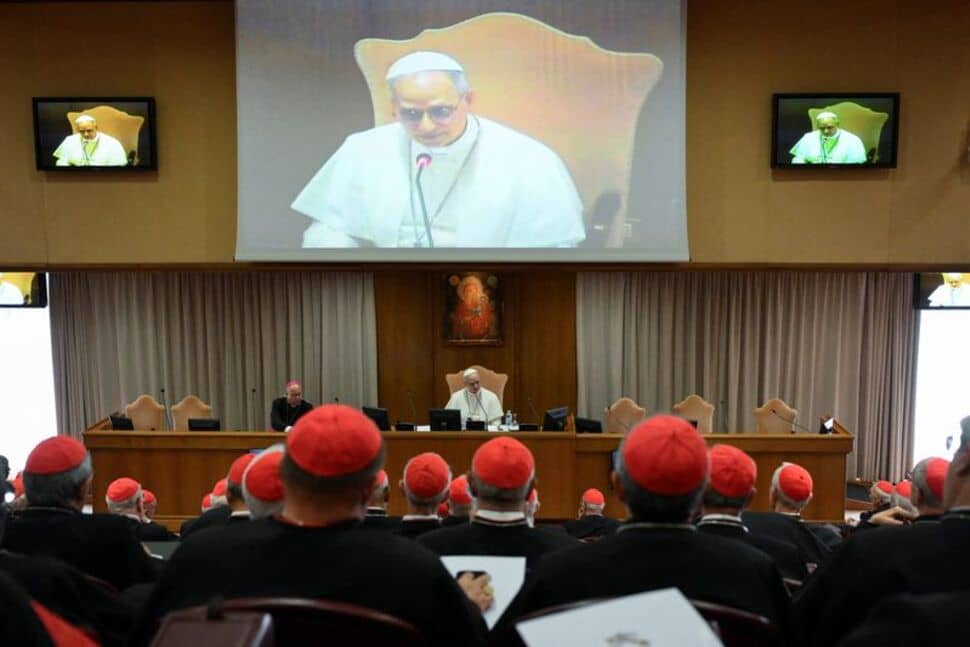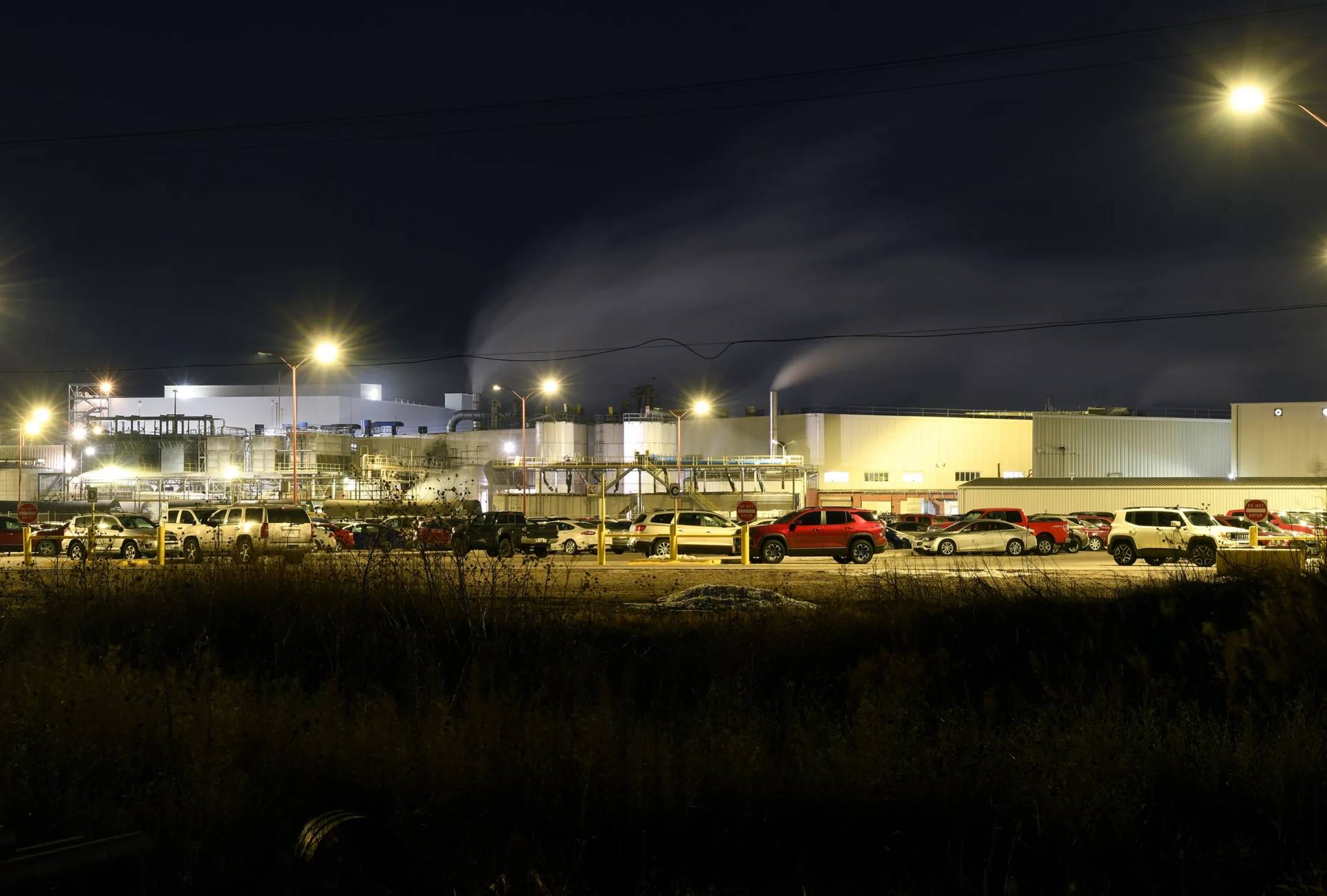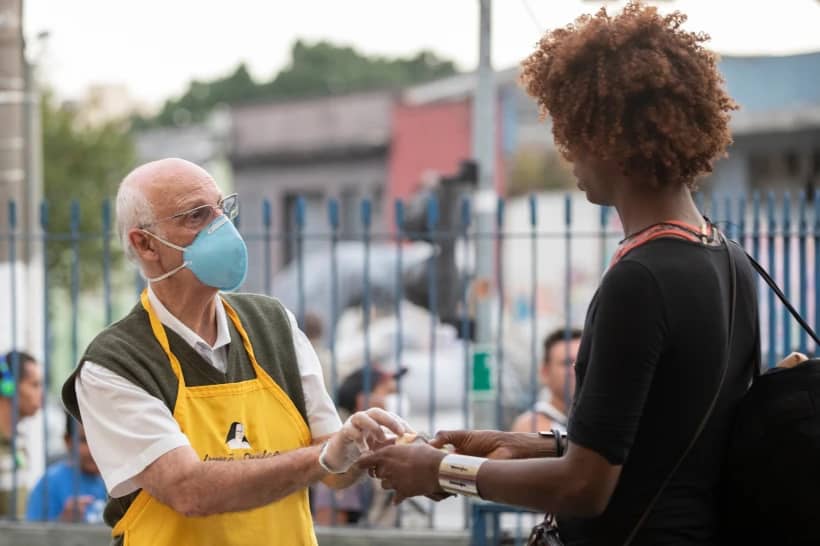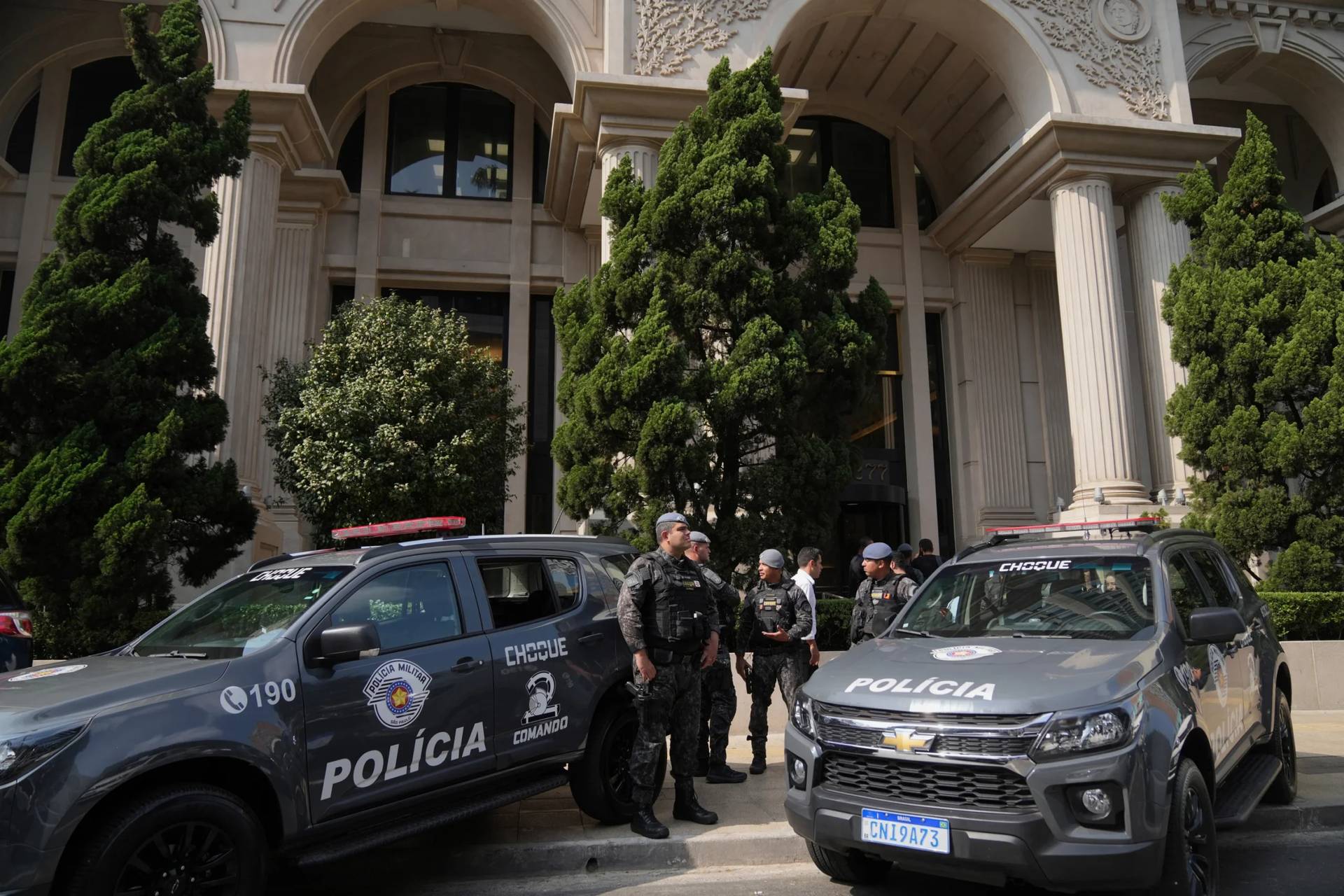SÃO PAULO, Brazil – With an unprecedented rise in 2023 in the number of immigrants crossing Central America in an effort to reach the United States and Canada, the bishops of the region are urging local governments to establish adequate programs to deal with them and to ensure their safety.
The migration crisis was the main concern of prelates gathered in Guatemala Nov. 27-30 for the Episcopal Secretariat of Central America’s annual assembly. In their final document, released on the last day of the encounter, the bishops emphasized that Central American nations are not properly addressing the problem.
“We notice the growing vitality of the human mobility pastoral ministries of our churches, as opposed to the ineffectiveness of the government programs, totally conditioned by state policies that define migrants as a danger to security,” the declaration read.
The letter defined the “migration drama” as a “cry which is not sufficiently heard,” and mentioned the migrant caravans of “unemployed youth, whose lives are endangered by violence.”
“Many of them [end up] criminalized in detention centers and in the uncertainty regarding their future. They are heroes of our countries’ economies, sending revenues earned in environments of underemployment and grave deprivation,” the Central American bishops said.
Bishop Javier Román Arias of Limón, Costa Rica, told Crux that the migration crisis, along with the region’s economic, environmental, and social challenges, appeared in the presentations of all delegations that took part in the assembly.
“There are particularly complex situations going on on the borders between Panama and Costa Rica and Guatemala and Mexico. Honduras keeps being one of the main sources of immigrant youth in the region,” Arias said.
Auxiliary Bishop Daniel Blanco of San José, Costa Rica, who is in charge of the country’s commission on human mobility, told Crux that the Central American episcopate “is aware of the immigrant crisis in the region and has been continually working to attend to the needs of the travelers.”
“All over the region, the church accompanies the immigrants in the cities and on the roads. Dioceses and congregations have welcome centers to give them temporary shelter and legal assistance offices to help them obtain documents,” Blanco affirmed.
Venezuelans, Haitians, and Ecuadorians continue to make up the majority of the immigrants heading north from Colombia, “but there are people of more than 30 nationalities getting into Panama every month, including brothers and sisters from Africa and Asia,” he explained.
“The crossing of the Darien Gap between Colombia and Panama [a wildforest region with several criminal gangs] is one of the most dangerous routes for immigrants in the world,” Blanco said.
Most immigrants want to move to the United States to find work, but many end up remaining in countries such as Panama and Costa Rica, where they find a stability that does not exist in their original nations. That’s an additional reason why the bishops are demanding that local governments provide programs to take care of the immigrants.
“Last month, Costa Rica decreed a state of emergency due to migration, something that enables the government to more easily allocate funds to the necessary programs,” Blanco said.
Father Gustavo Meneses, in charge of the Mesoamerican and Caribbean Socio-Pastoral Observatory of Human Mobility (known as OSMECA in Spanish), told Crux that around 500,000 immigrants crossed the Darien Gap in 2023. According to the United Nations’ International Organization for Migration, 82,000 people got into Panama in August alone.
“Those people are being really expelled from their countries due to harsh socioeconomic circumstances. People leave because they cannot find dignified living conditions,” he said.
The Church has been among the most active social organizations dealing with the problem. It receives support from UN’s branches that work with children, immigrants, and refugees, but also uses its own resources to do so.
“The Church’s financial situation is very difficult now. Most of the donations come from local dioceses and parishes,” he said.
Catholic centers for immigrants depend on the work of volunteers. According to Meneses, there are very well-established Church groups of lay people in all Central American nations working with immigrants.
“But that’s a rather demanding task. That’s why the bishops discussed during the assembly last week a way of offering help to the volunteers, including psychological attention,” he added.
Meneses said that the Central American episcopate plans to release a pastoral letter about immigration in 2024. It is part of an effort to denounce the crisis to society and increase the pressure on the local governments.
“We plan to promote gatherings between communities in Central America and the ones where immigrants live in the United States in order to increase awareness on the crisis. We also want to reach out to politicians, both in the region and in the United States,” Meneses said.
















